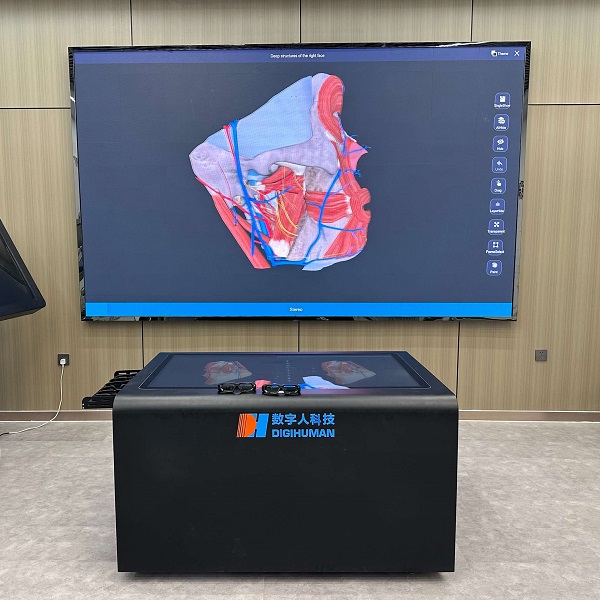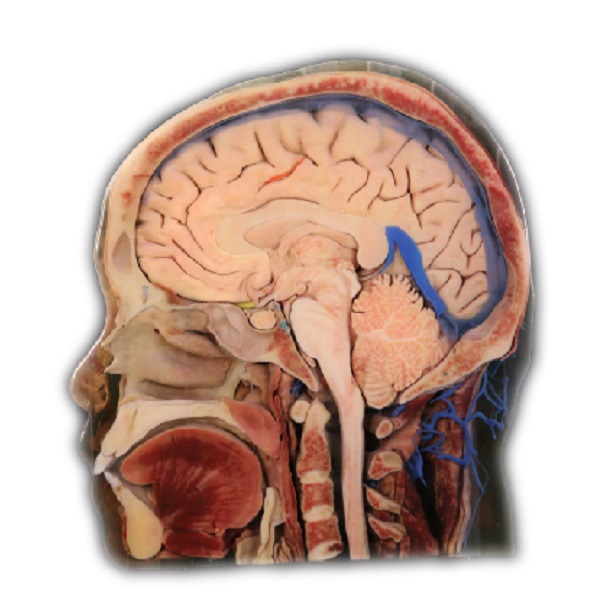
augmented reality anatomy education is revolutionizing the way we learn about the human body. With its immersive and interactive features, augmented reality technology allows students to explore and understand complex anatomical structures in a more engaging and effective manner.
Enhancing Learning with Augmented Reality
Augmented reality anatomy education provides students with a unique opportunity to visualize and interact with 3D models of the human body. By overlaying digital information onto real-world objects, this technology enables learners to examine organs, bones, and systems from different angles, dissect virtual specimens, and even simulate surgical procedures.
This hands-on approach enhances comprehension by allowing students to manipulate virtual objects in real-time. It also promotes active learning as individuals can actively engage with the content rather than passively absorbing information from textbooks or lectures.
The Advantages of DIGIHUMAN

DIGIHUMAN is one such augmented reality platform that offers an extensive library of detailed 3D anatomical models. This innovative tool combines cutting-edge technology with high-quality graphics to provide an unparalleled learning experience for medical professionals, educators, and students alike.
With DIGIHUMAN’s advanced features like cross-sectional views, zoom capabilities, and interactive quizzes, users can delve deep into specific areas of interest within the human body. The platform also allows for collaborative learning experiences where multiple users can simultaneously explore and discuss anatomical structures in real-time.
What is a Digihuman?
A digihuman refers to a digitally created representation of the human body using augmented reality technology. These realistic 3D models are designed based on actual anatomical data obtained through various imaging techniques such as CT scans or MRI scans.
Digihumans offer an immersive and interactive learning experience, allowing users to examine the human body in detail without the limitations of traditional anatomy education methods. They provide a valuable tool for medical professionals to enhance their knowledge, improve patient communication, and refine surgical skills.
Conclusion
Augmented reality anatomy education, exemplified by platforms like DIGIHUMAN, is transforming the way we learn about the human body. By leveraging this technology’s capabilities, students can gain a deeper understanding of anatomical structures through hands-on exploration and interaction with realistic 3D models. This innovative approach has immense potential to revolutionize medical education and ultimately contribute to improved healthcare outcomes.
Click what is a digihuman.